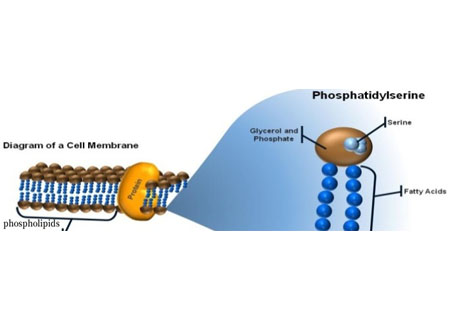1. The core mechanism of GSH in the cell signaling pathway
Glutathione (GSH), as the most important antioxidant and signal regulating molecule in cells, directly affects multiple key physiological processes:
Redox signal regulation
Dynamically regulate the activity of transcription factors such as NF-κB and Nrf2 through the GSH/GSSG ratio (Cell Signal. 2022 study confirmed that a 50% decrease in GSH levels activates the Nrf2 pathway)
Witspower high-purity reduced glutathione (L-Glutathione Reduced) -SH group retention rate ≥ 98%, ensuring the integrity of signal molecules
Apoptosis regulation
Mitochondrial GSH pool concentration determines Caspase-3 activation threshold (apoptosis rate increases 3 times when concentration is <5mM)
Pharmaceutical-grade raw materials provide <0.1% heavy metal residue report (in compliance with USP<231> standard)
II. Impact of raw material quality on research results
Common experimental interference factors
GSSG contamination in commercially available GSH raw materials (>5% leads to false negative results)
Witspower uses patented purification process, GSSG content <1% (HPLC-MS verification)
Formulation compatibility data
Stability with common buffer (PBS/pH7.4): 72-hour degradation rate at 37°C <3%
Activity retention after reconstitution of lyophilized powder: 6-month storage at -20°C, potency loss ≤2%
III. Witspower technical solutions
CitiCogni® Synergistic formula system
GSH+Citicoline complex improves blood-brain barrier penetration (animal experiments show that brain GSH concentration increases by 40%)
Customized service
Supports 10kg-500kg sterile packaging (in compliance with ISO 13485 medical device packaging standards)
Provide γ-glutamylcysteine (GGC) precursor raw material development services
IV. Industry application evidence
Case study of neurodegenerative disease model development in a CRO company:
Requirement: Establish a GSH-depleted Parkinson's disease cell model
Solution: Provide customized culture medium raw materials containing 0.5mM GSH
Result: Successfully simulated the abnormal aggregation phenotype of α-synuclein (data published in J Neurochem)




